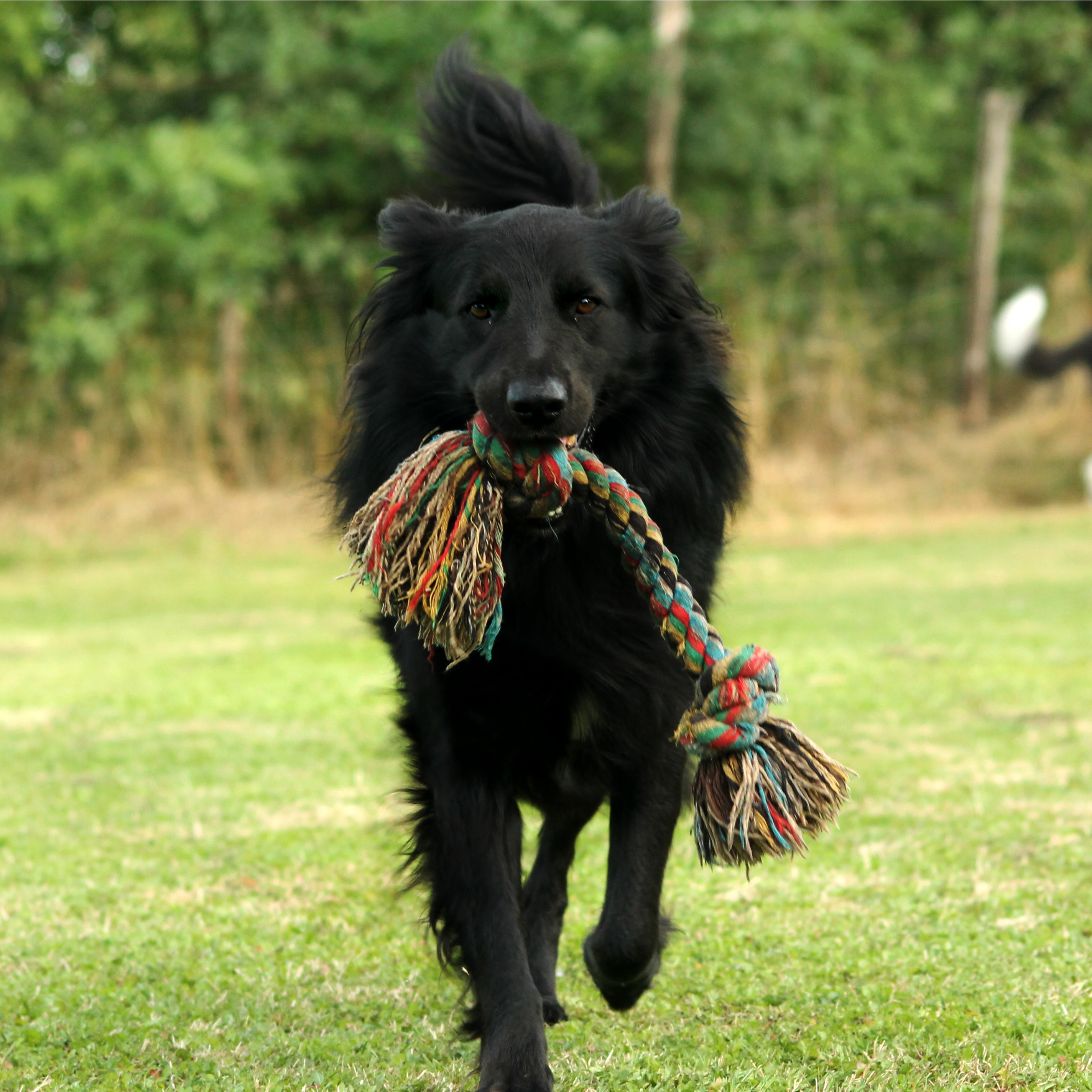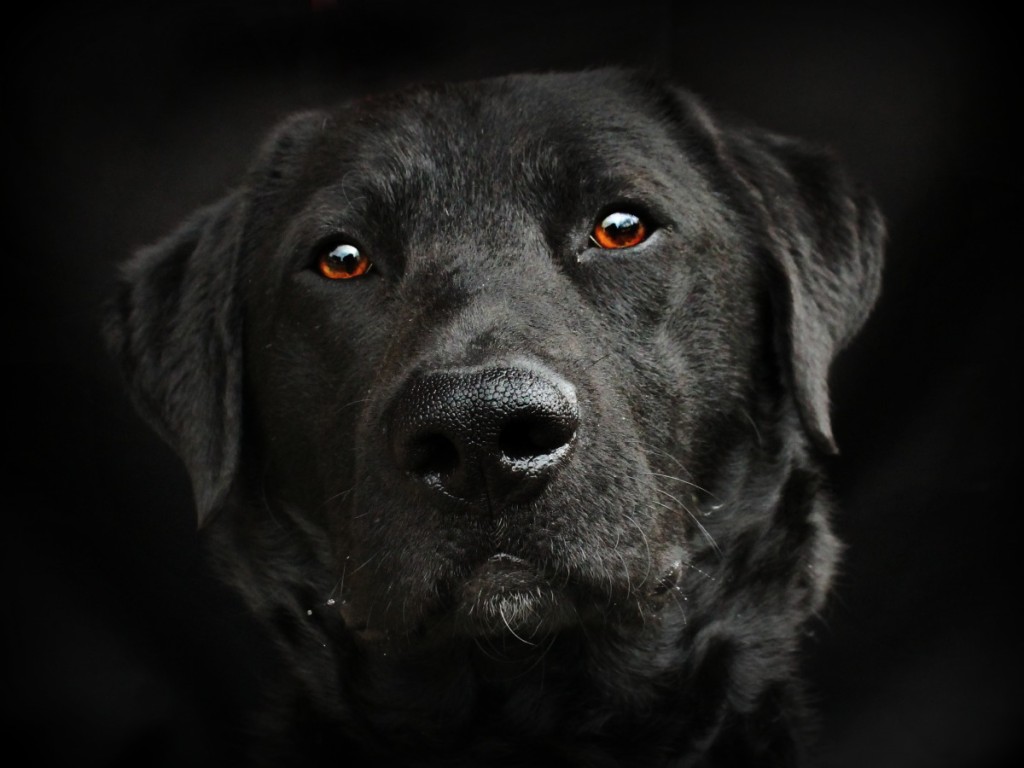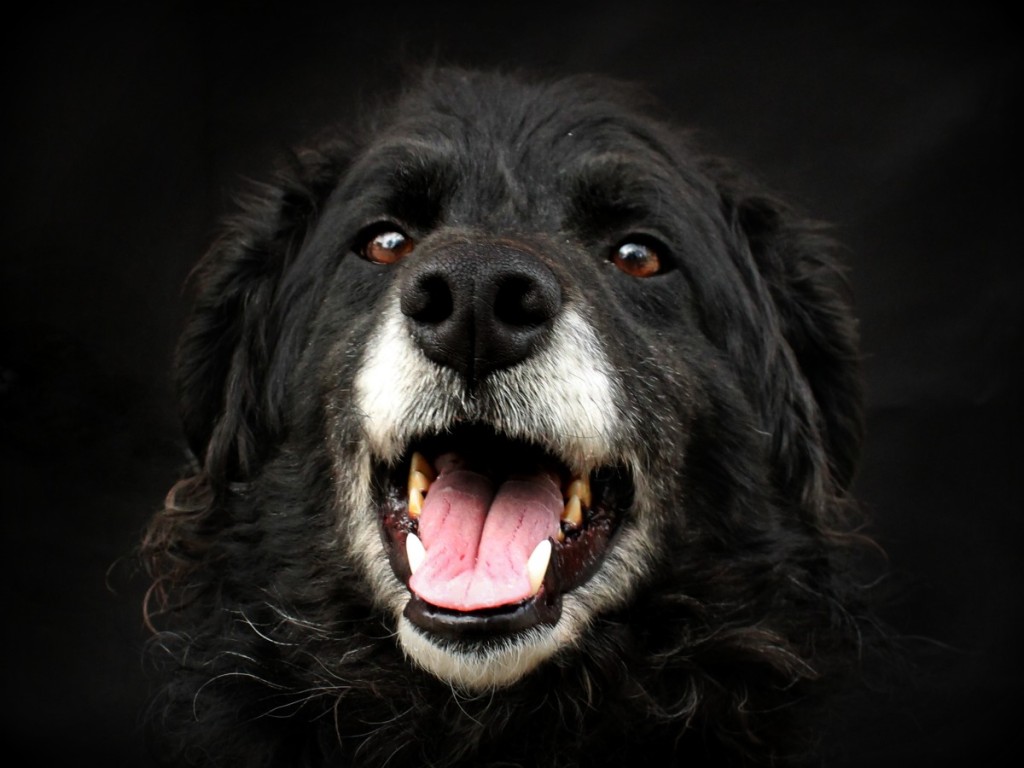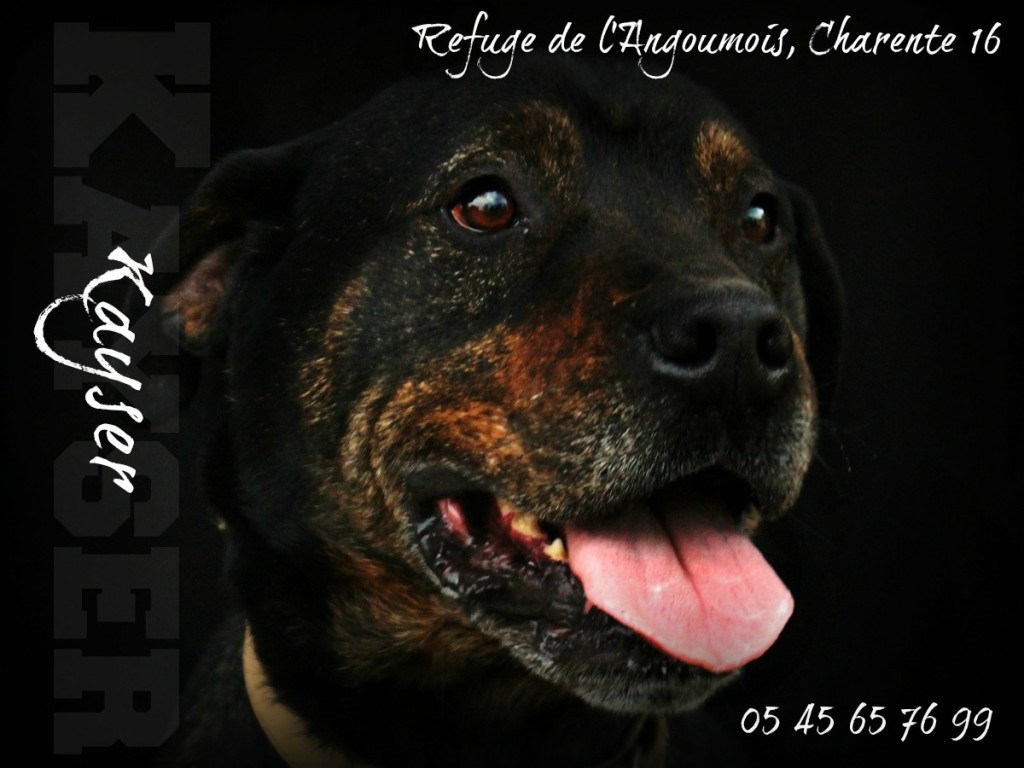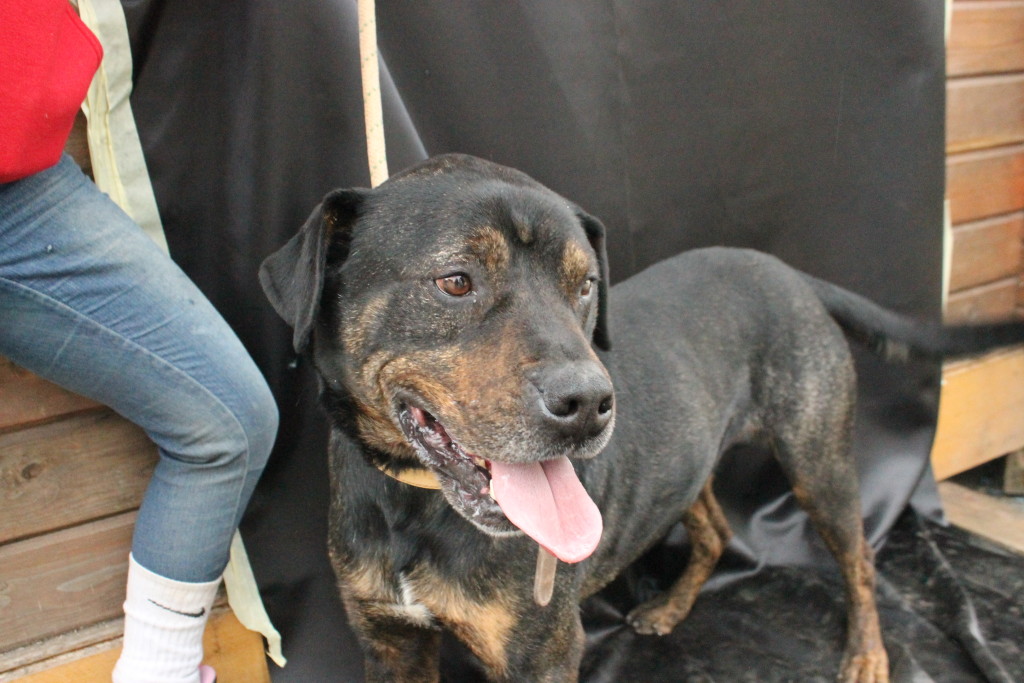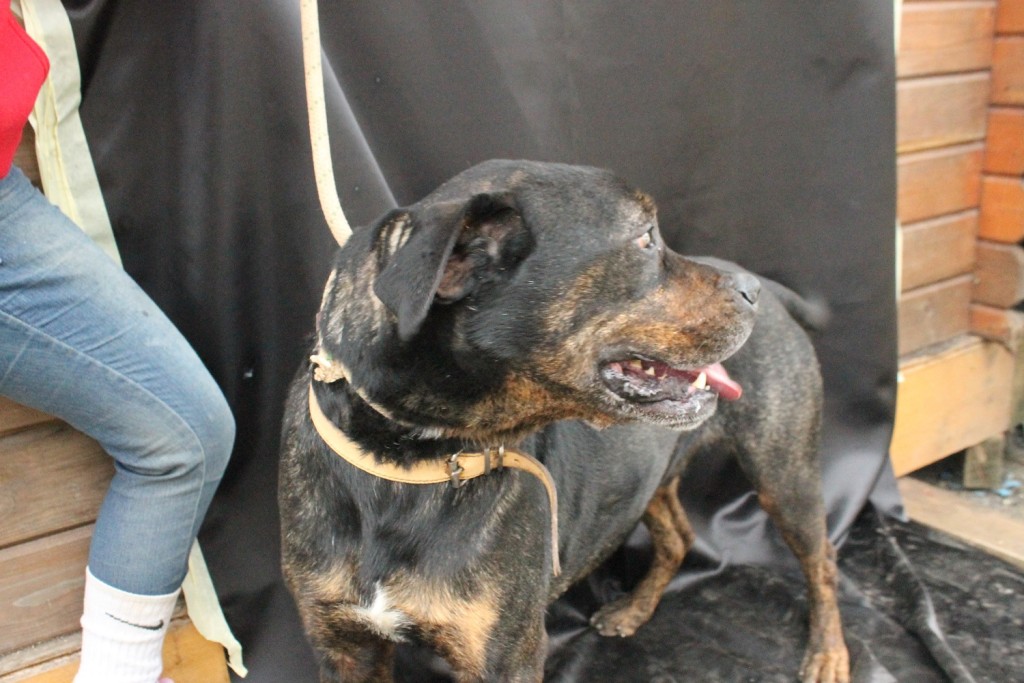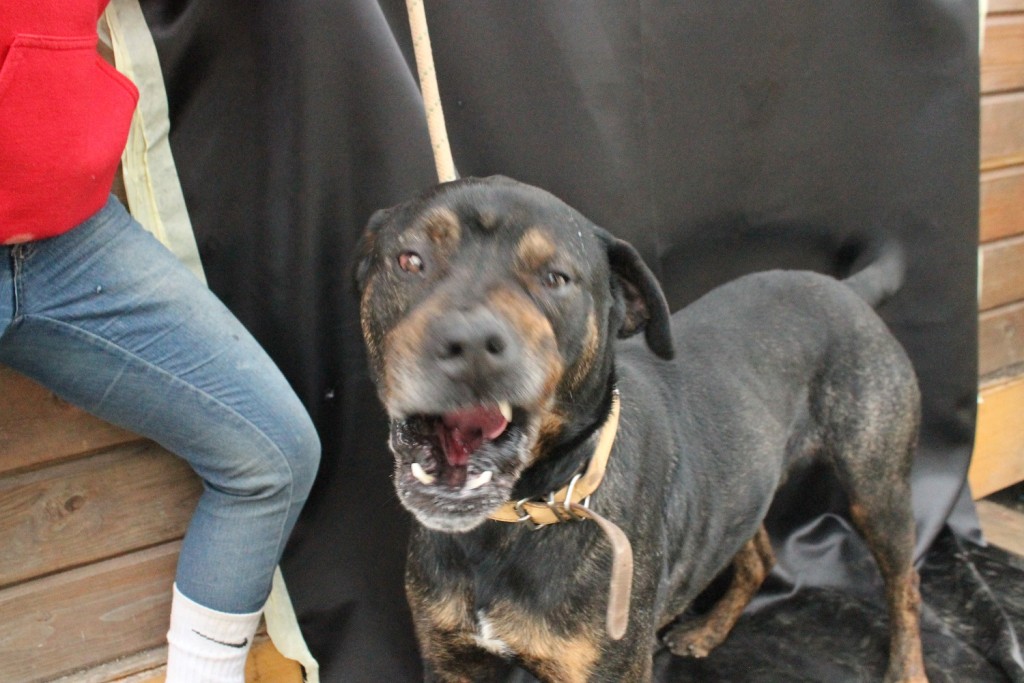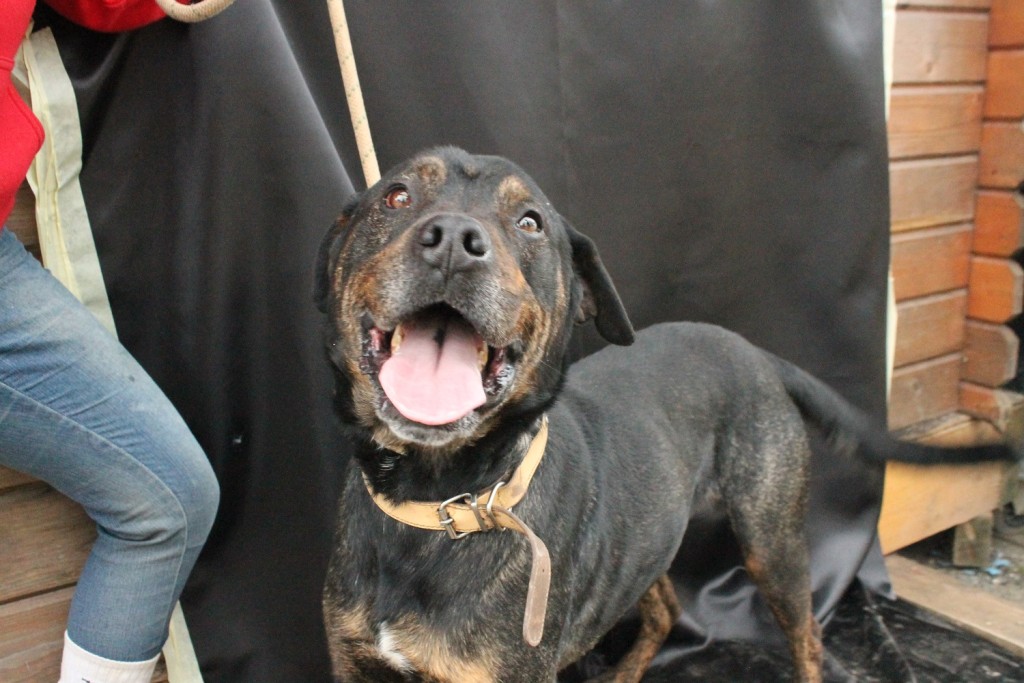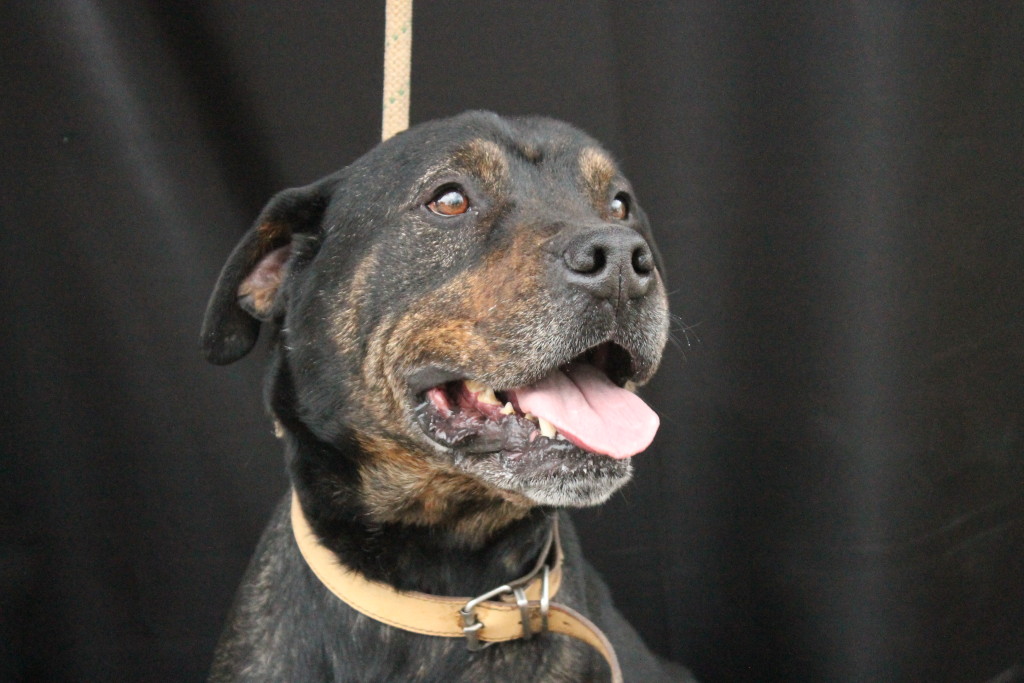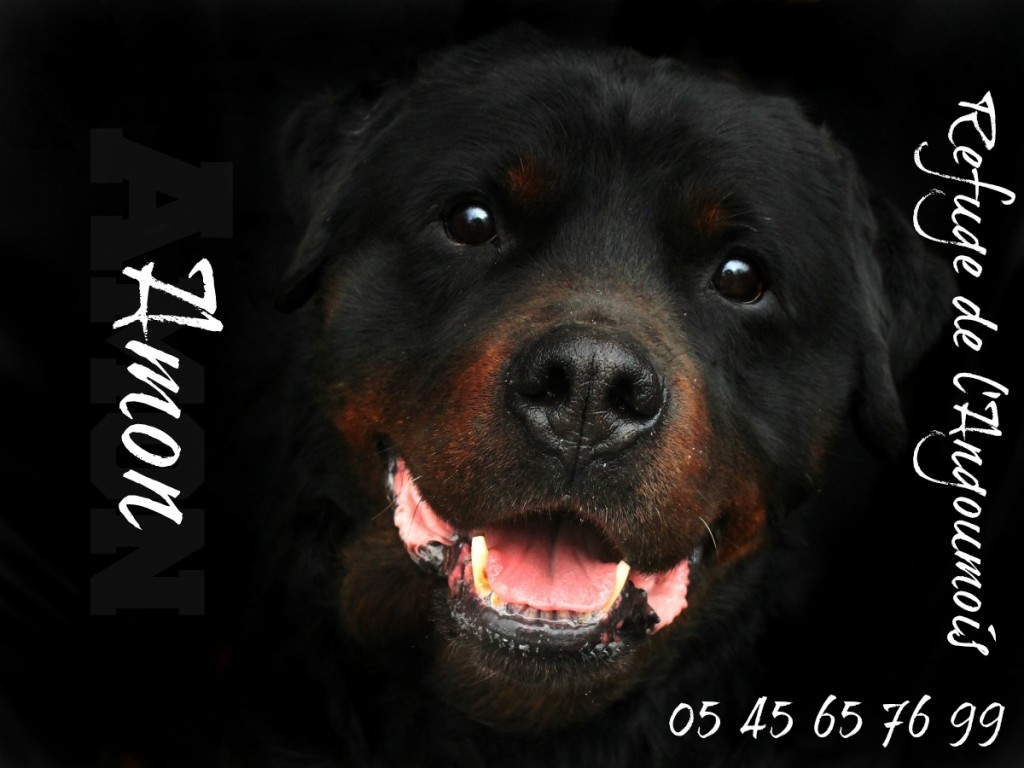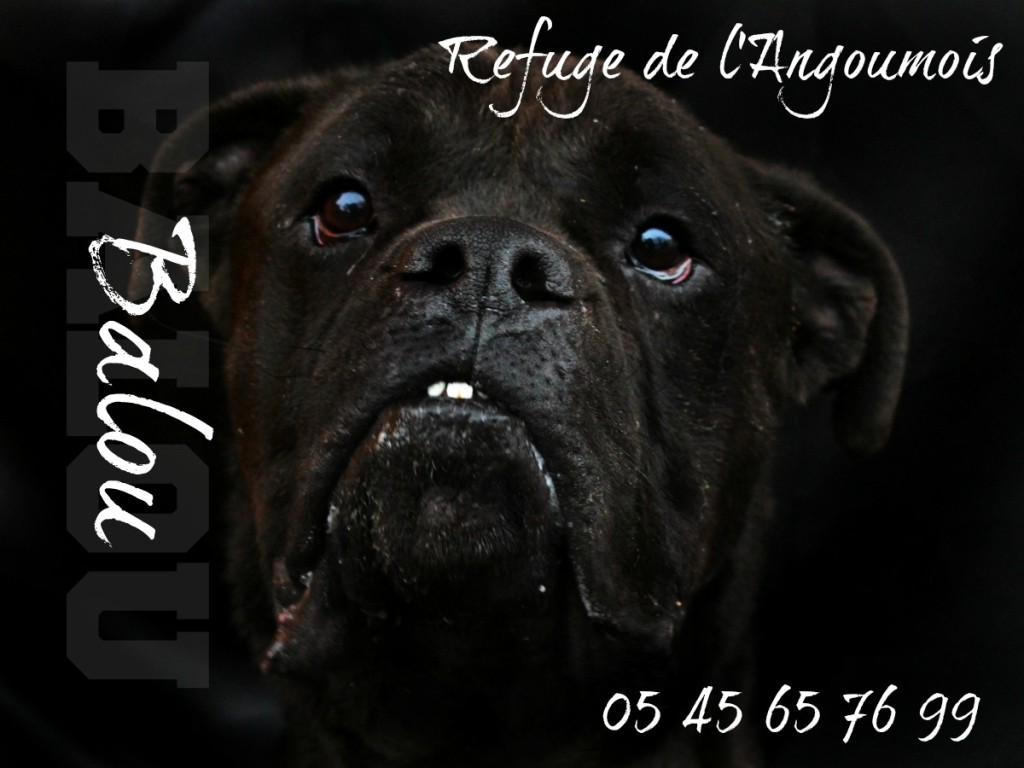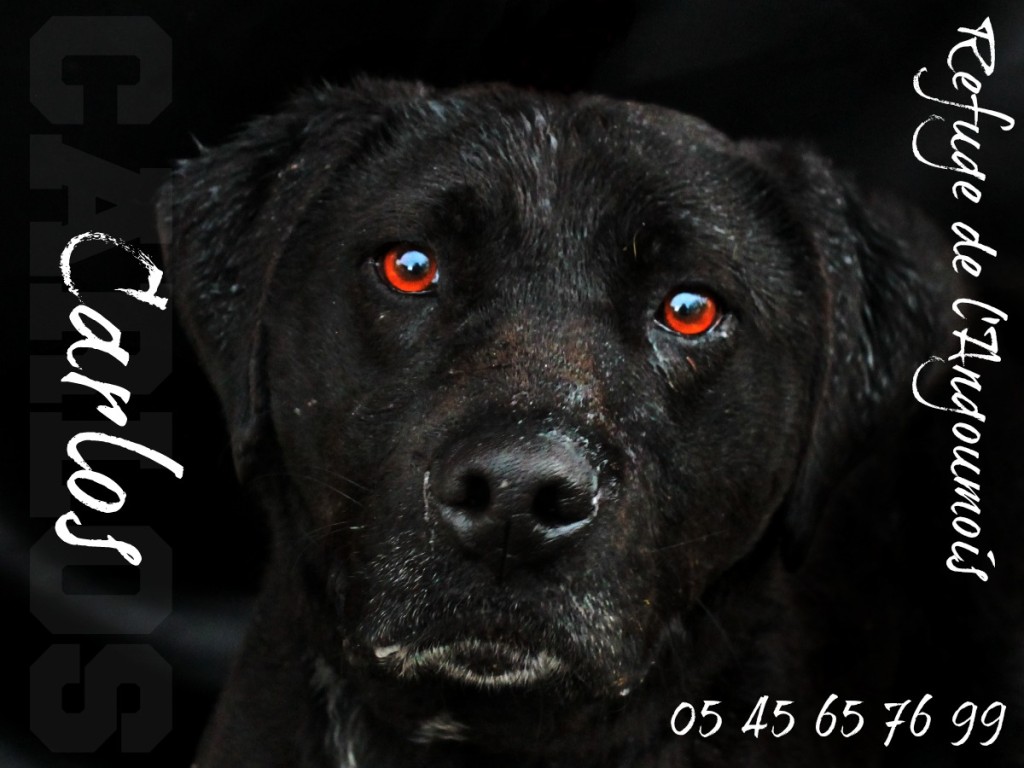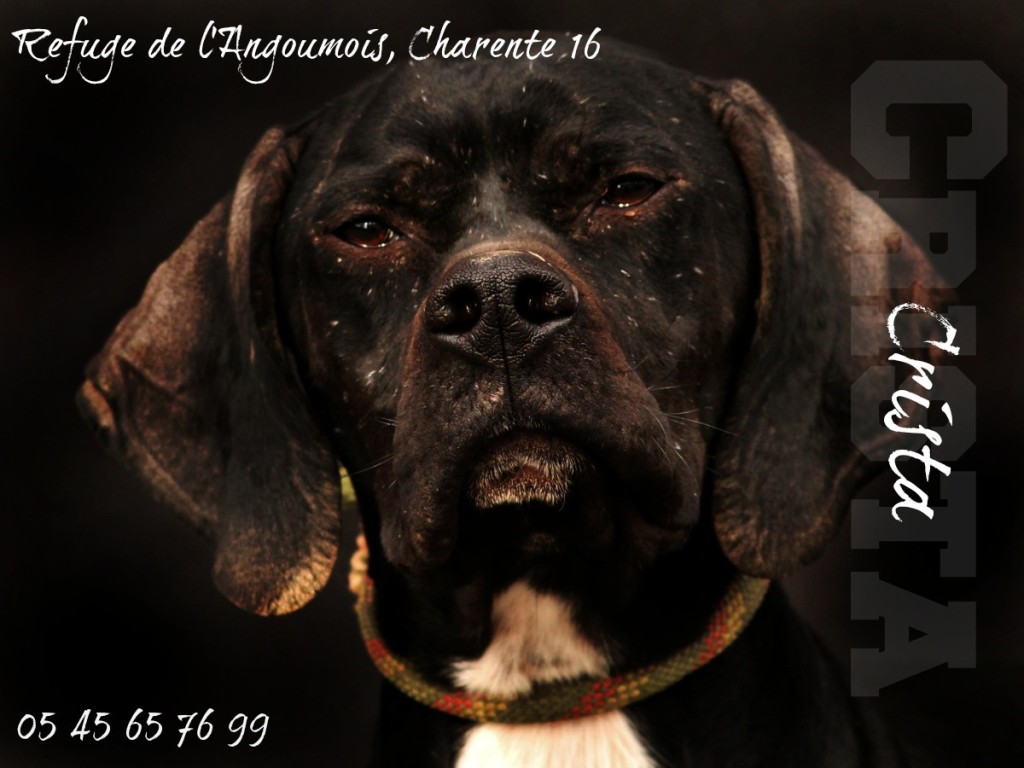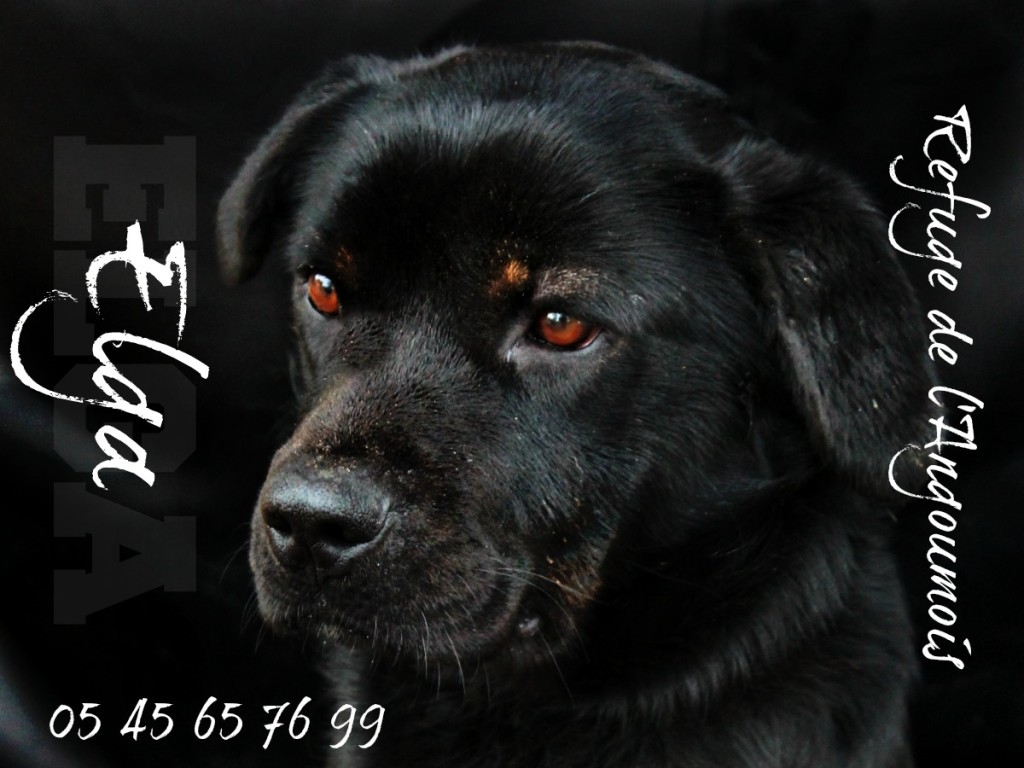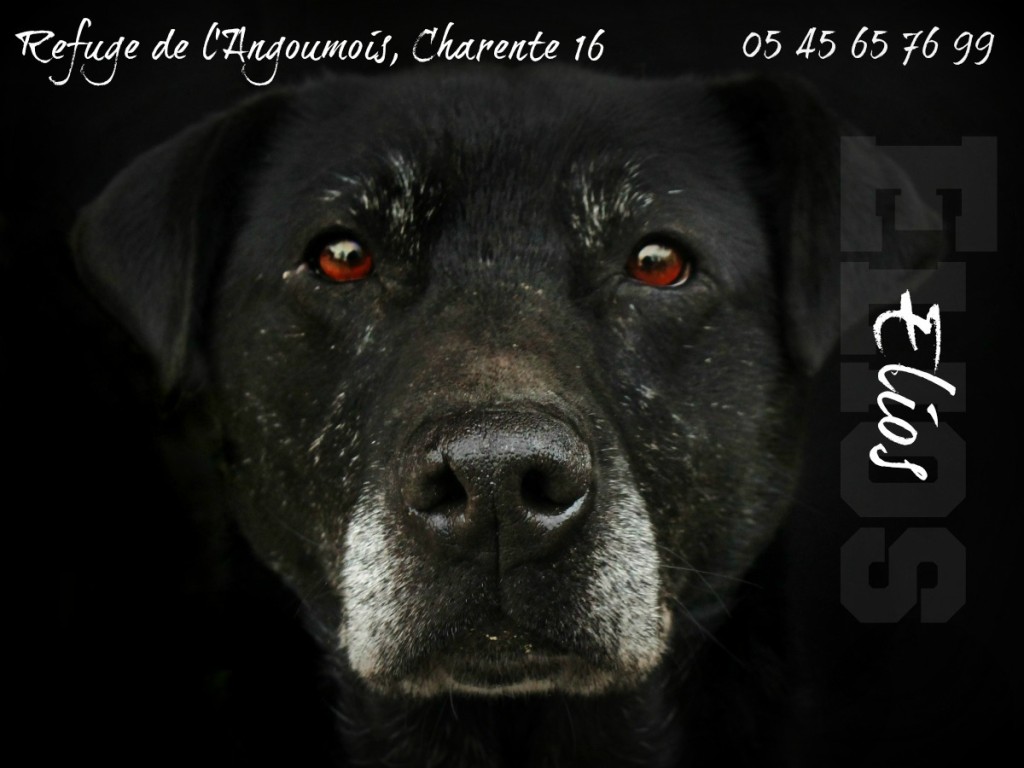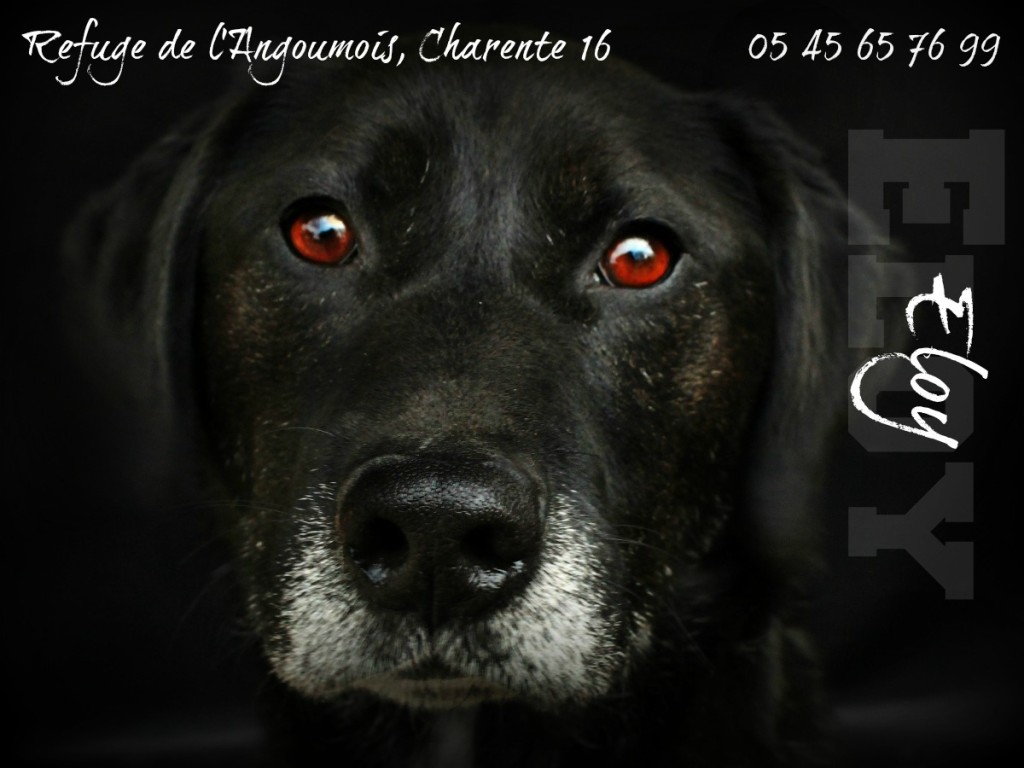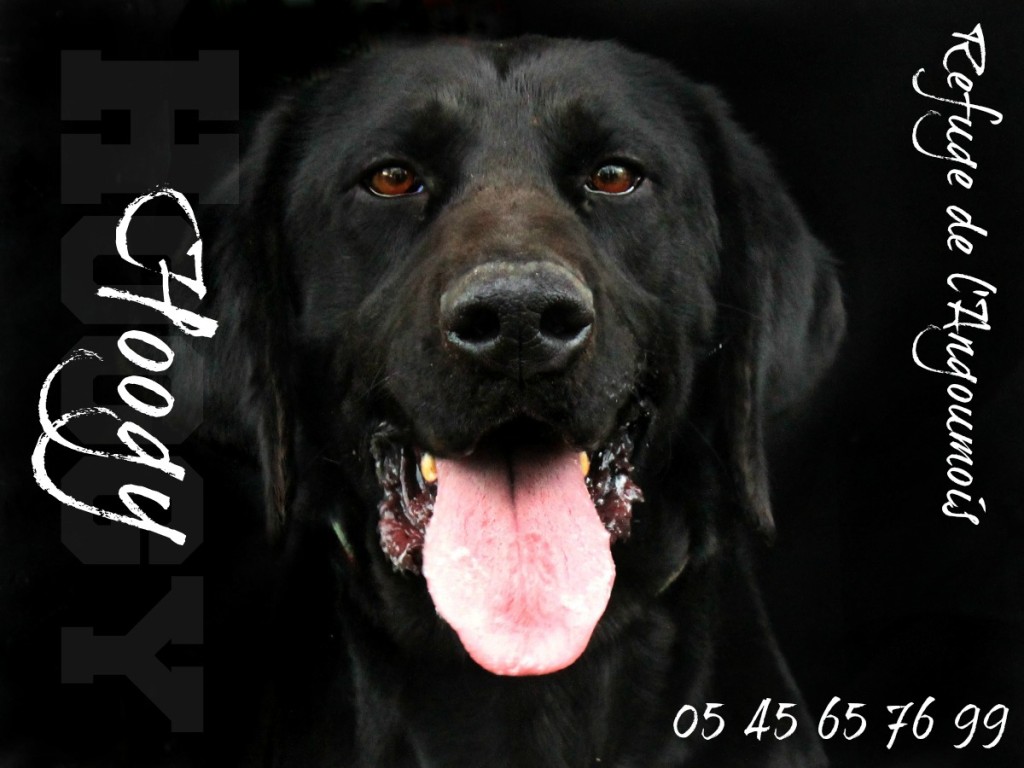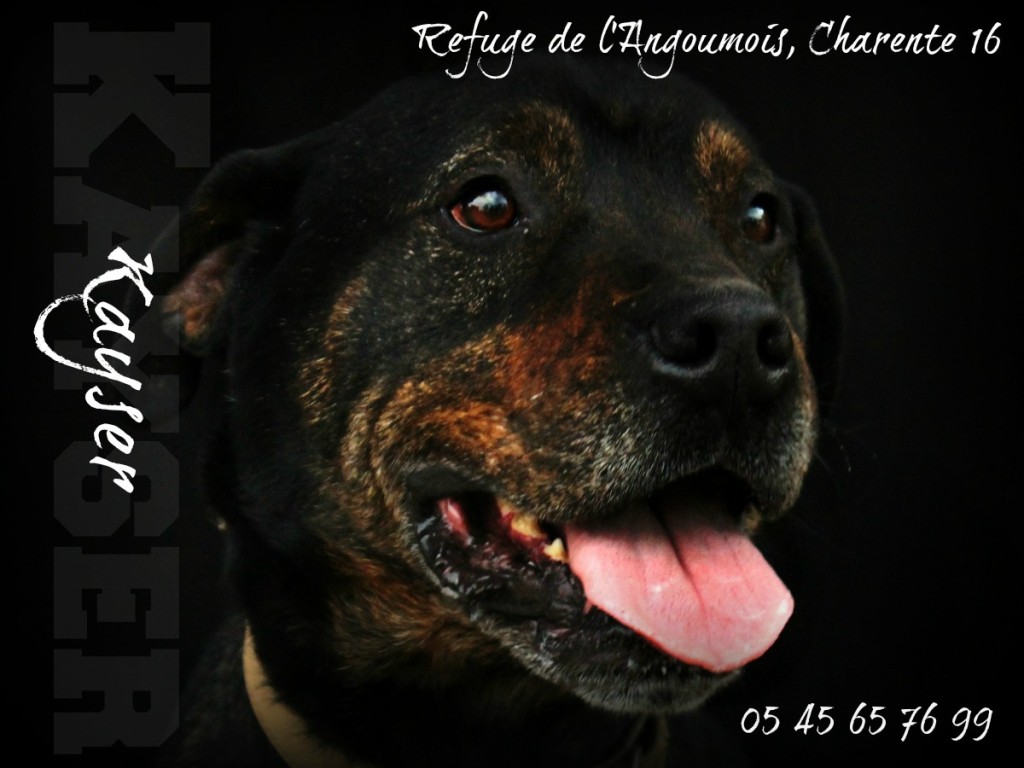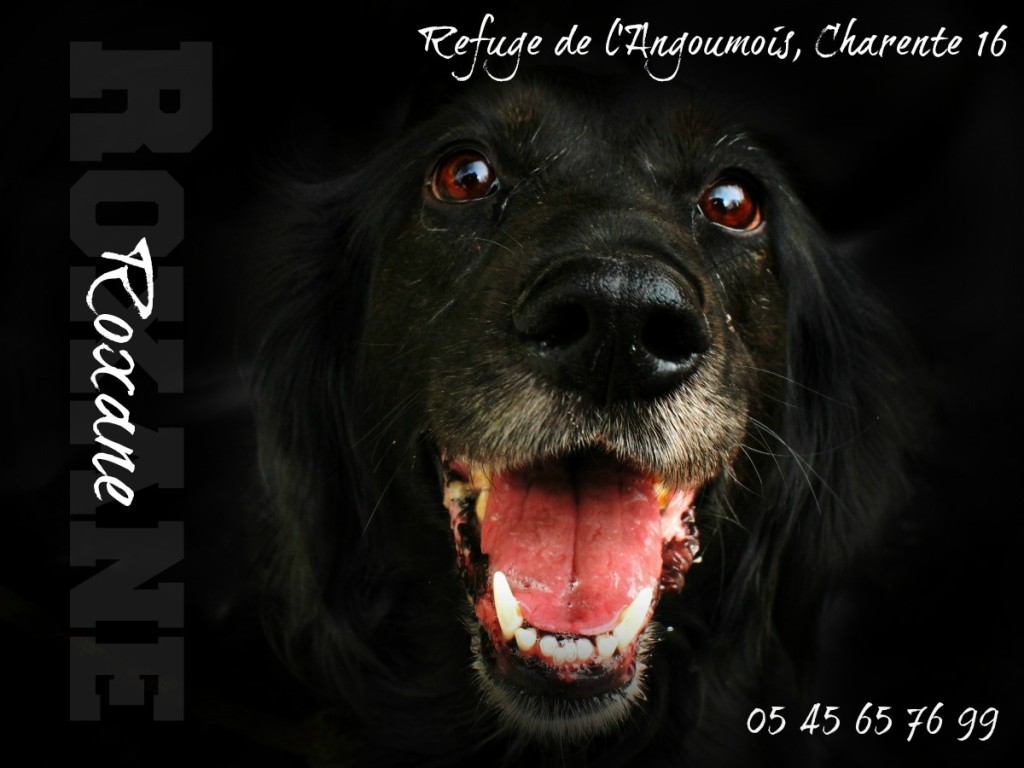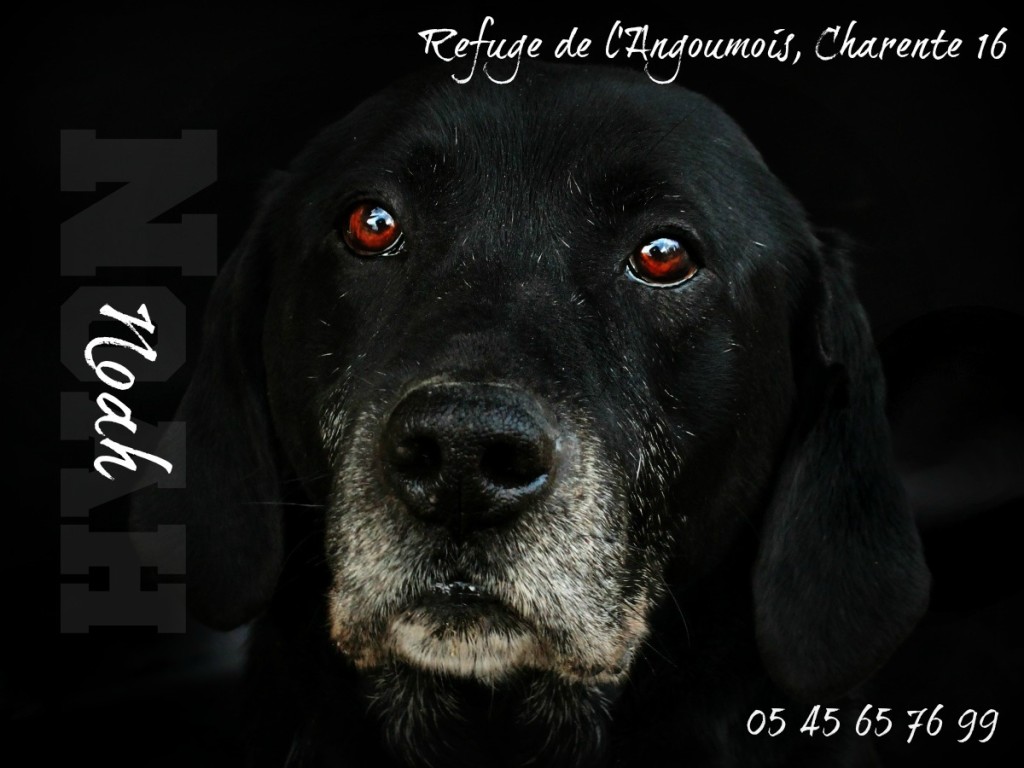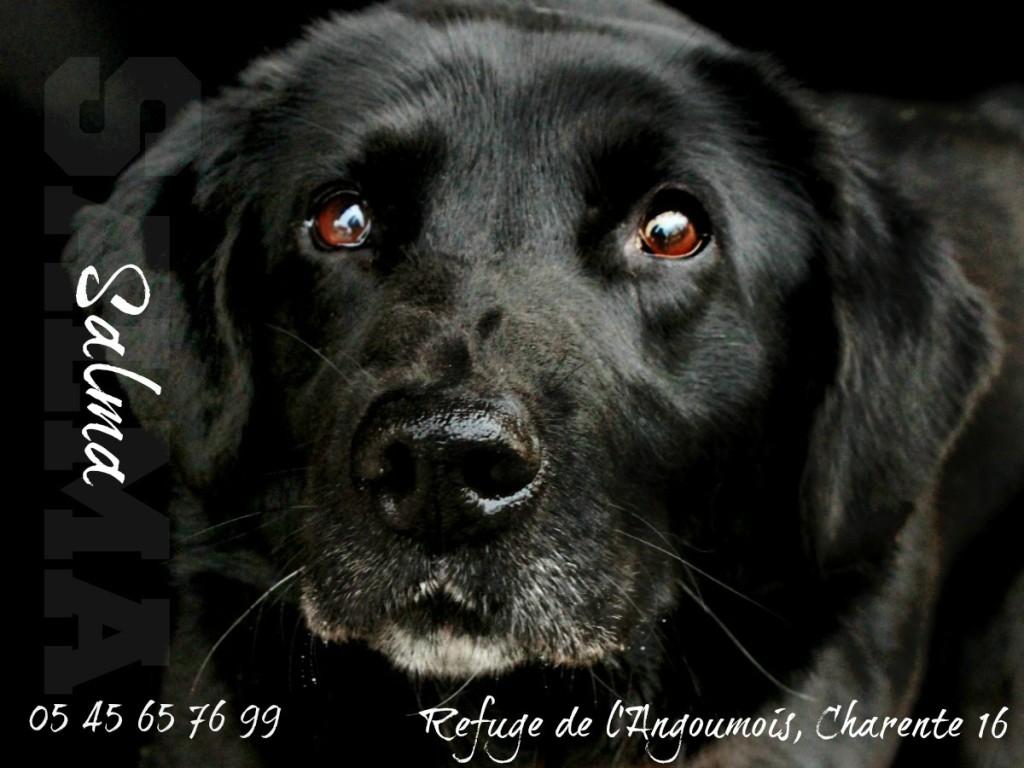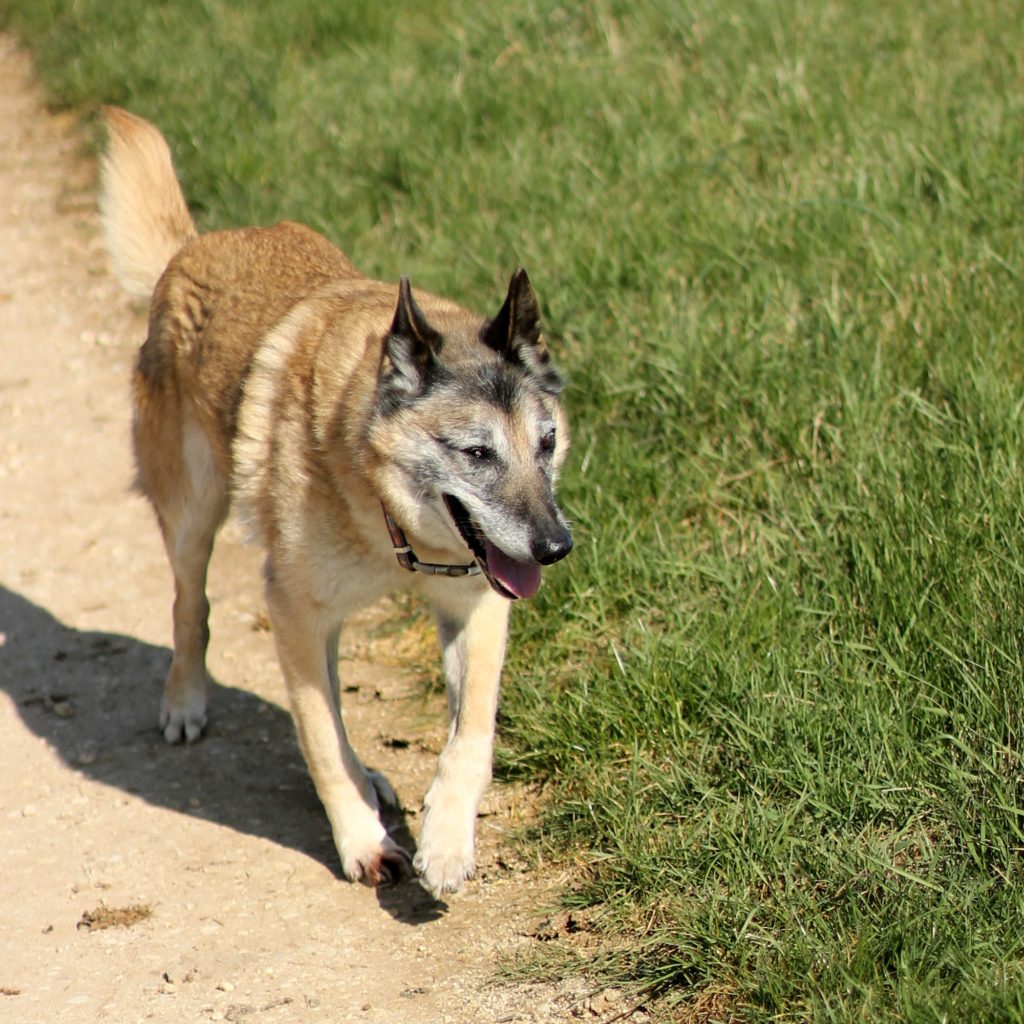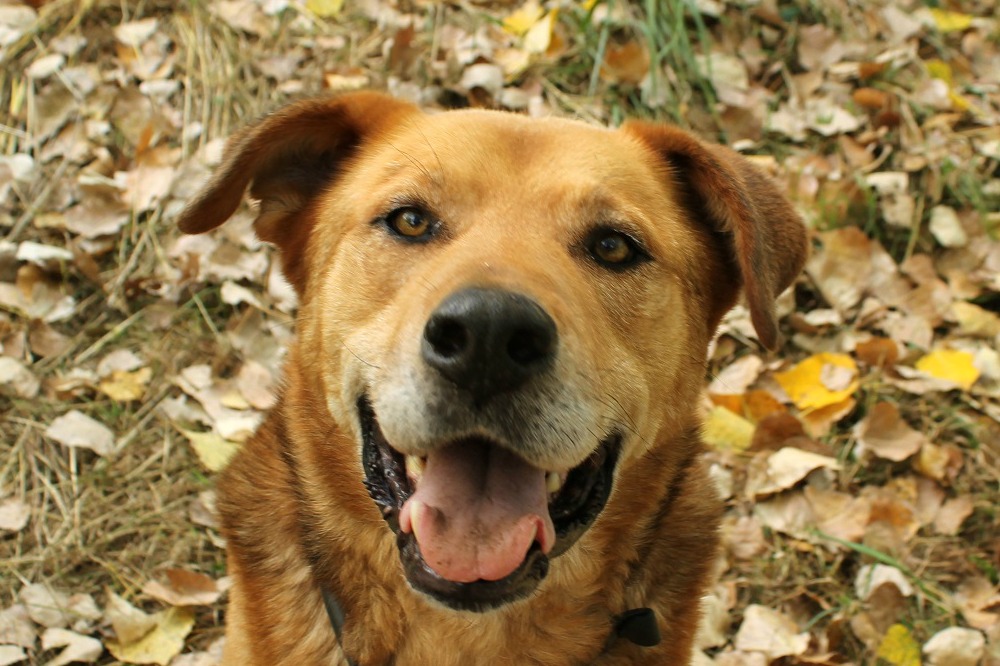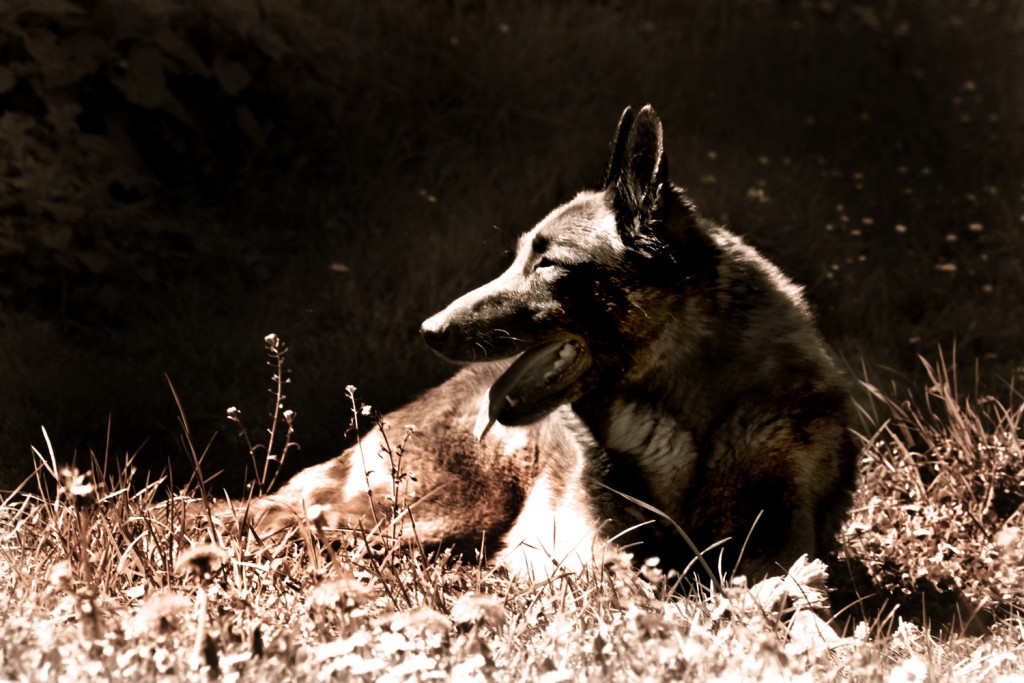There’s a lot of pseudo-research about black dogs and their time in the refuge, or about black animals and their chance of adoption. Some of this research has hard facts behind it. A black puppy is less likely to be adopted than his brown sibling, for instance. Many people say that black dogs are less seen in refuges, less likely to be adopted. Research shows that people spend much less time in front of the enclosures housing black dogs than they do for dogs of all other colours.
From a photographer’s point of view, black dogs are really hard to photograph. Cameras find it difficult to metre for black shades when they are in contrast with lighter shades. Many black dogs come out a dirty shade of grey which does nothing for their glorious, glossy coats.
Look at my Heston, for example.
He still looks a bit grey even though I’ve really edited this photo.
And since photos are the main way to attract people’s interest in specific dogs, if black dogs’ photos can’t do them justice, it means that fewer people are going to come and see them.
Photographer Fred Levy was one such person to take an interest in black dogs in shelters. He shot them against a black background. If he faced as many people telling him not to do it as I did, well, he’d never have got it off the ground. Luckily, I’d seen what marvellous photos he was taking. Since I didn’t have any better ideas, and since I am a notorious magpie of all that is wonderful, I decided I’d do the same thing. Just without a studio, a professional camera, an assistant or any lighting. The day I hung up a sheet of black satin at the refuge was the day that everyone thought I’d gone mad.
But I got this.
I just love the way the black background makes the black tones of a dog’s fur shine. It’s just stupendous. It took a bit of playing around on Picmonkey (in the days before I upped the stakes and invested in Photoshop) I still love this photo. This is Dexter, by the way. He’s a little bouncy. By a little, I mean in the way Tigger is a little bouncy. I think he has a lot of extract of malt for his breakfast.
This is my lovely Pongo, who recently found a home. That’s a good thing because I was sorely tempted, and five dogs – well, that’s a whole other level of dogginess.
This is one shoot where you might want to see behind the curtain and know what I’m up against.
This is my lovely Kayser. He’s my current favourite boy. He’s still waiting for a home, but because he is a category dog, meaning there’s a lot of paperwork and training involved in taking him because he is a crossbreed rottweiler, very few people will be even slightly interested in him. Category dogs are here for the long term very sadly.
He’s a great example of the ‘behind the scenes’
I’ve got about a metre and a half of black silk, by three metres long. I’ve taped it to the side of the pound office, but the tape’s not holding, so Marianna’s not just holding Kayser, she’s also holding the black silk up with her knee.
At that point as well, everyone’s come over to see what I’m doing, and trying to get a dog to focus on me when I’ve got an audience of twenty is almost impossible. Plus, there’s always people who think THEY can get Kayser to look at the camera by calling him, so he looks at them rather than at me. Some people aren’t blessed with brains.
Then you remember you’re working with dogs and sometimes they pull weird expressions.
Or they move too fast for your camera speed, because you’re trying to be a good photographer and keep that ISO low.
Or you get a kind of nice one, but he’s not looking quite at the camera and you’ve not got the whole head in focus, even if his eyes are.
But then you get one or two you think you can work with. Then it’s ‘Next’ because you have twenty-five black dogs to photograph and you’re not sure you can get through them all.
In the end though, they all look marvellous.
Unlike the Advent calendar campaign, where most dogs found a home within a couple of months, only four dogs of these ten have found a home. Balou, Elios, Eloy, Amon, Hoogy and Kayser are still waiting, as are Tyron, Carlos, Aster, Elga and all of their friends.
It’s time we all start looking past the ‘black dog’ and seeing a soul who needs a home.


